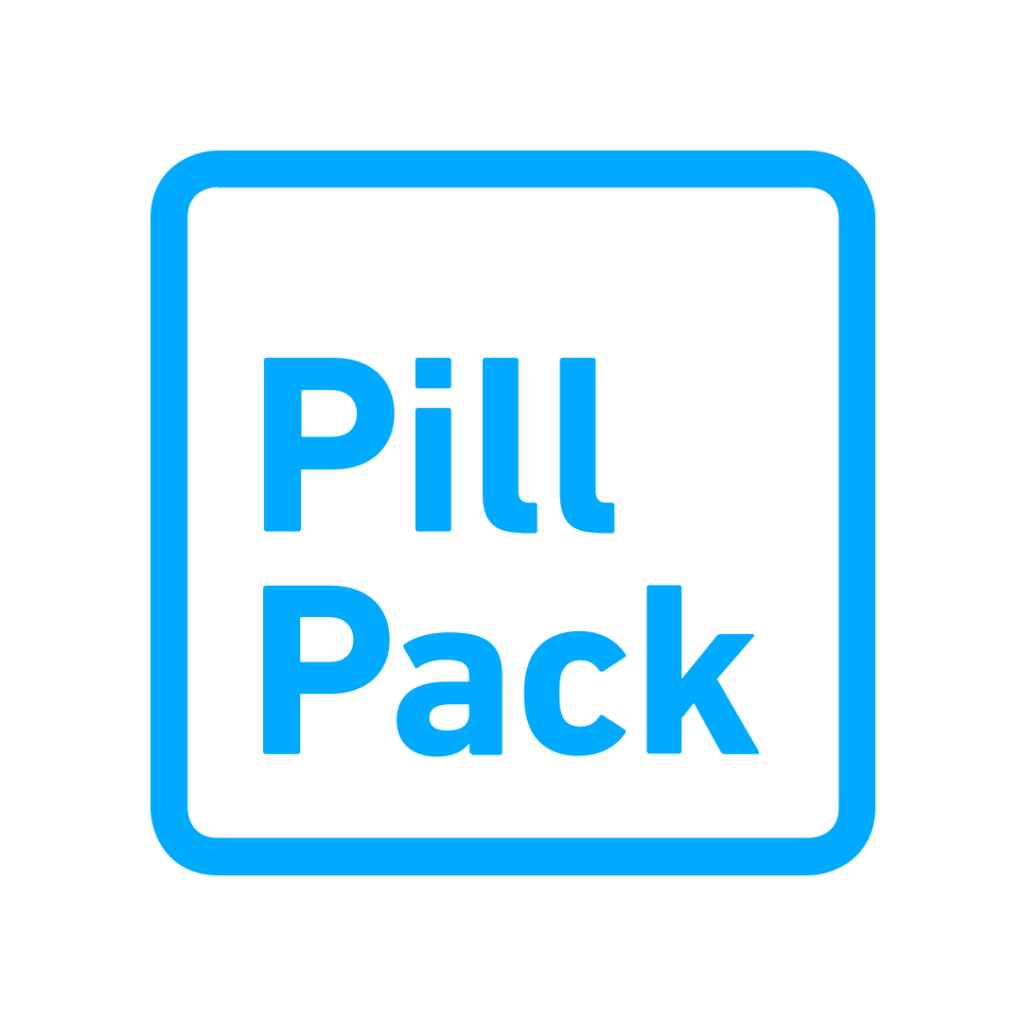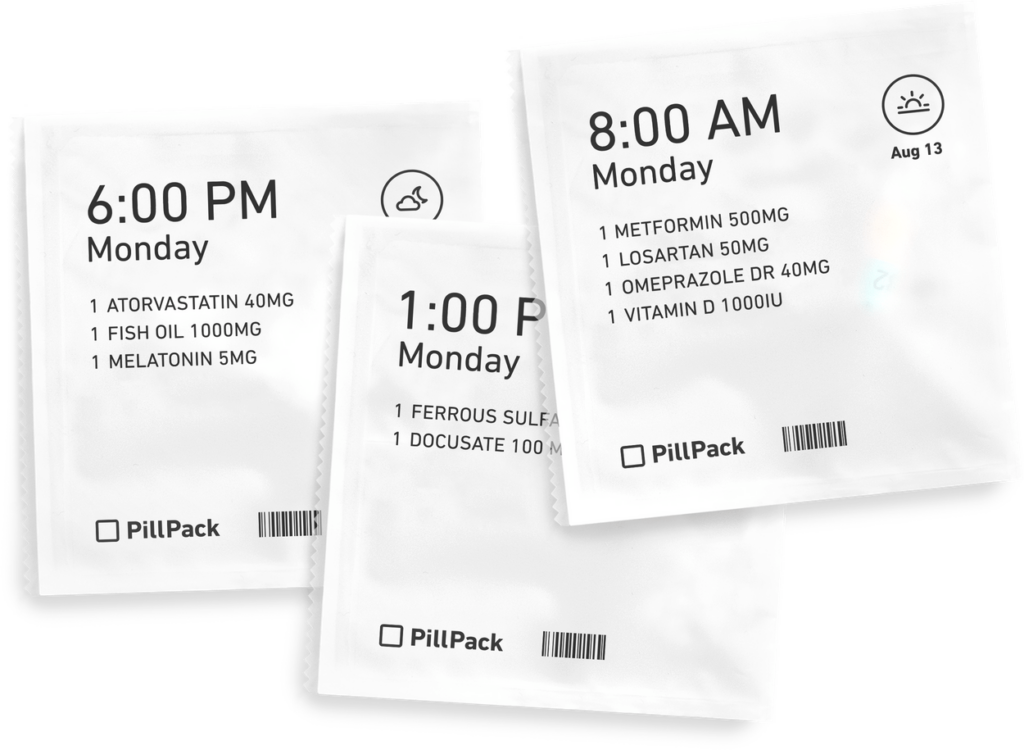The Beginning:
TJ Parker was attending the Massachusetts College of Pharmacy while working in his father’s pharmacy business. He developed an interest in design through fellow students and started attending design courses on top of his Pharmacy studies. While working in the industry, he saw patients struggling with managing their medication. Weekly pickups at the Pharmacy, multiple pill bottles, and time-consuming organization of daily pills seemed to be the norm. This was especially an issue for the elderly and those with chronic conditions who required multiple prescriptions. Parker recognized this confusing and complicated system as hindering the health and wellness of customers. His interest in design, along with his Degree in Pharmacy, led him to try developing solutions for this flawed system and prove that managing medications can be much simpler and more efficient. Parker and Elliot Cohen, whom he met at MIT’s Hacking Medicine, thought about better solutions for patients and concluded that building a better pharmacy would be the best way to fix current deficits. In 2013 Parker and Cohen founded the prescription home-delivery pharmacy PillPack to revolutionize the Pharmacy industry. Their goal was to drastically improve the customer experience and prove that managing medications could be much easier.

Concept and Partner:
PillPack’s foundational concept was focused on simplifying medication management through a home delivery service. PillPack offered presorting medication into individual packets labeled with date and time for each dose and delivering these directly to customers. This service automates refills and guarantees uninterrupted medication supply while minimizing customer effort. While this was an innovative concept, PillPack’s business strategy needed refinement to fulfill the idea’s potential.


PillPack turned to the well-known innovation and design consultancy IDEO to build a venturing strategy aiming to simplify their medication management and improve accessibility and user friendliness. This three months challenge involved considerations of user experience, brand perception, and service accessibility, on top of logistical and pharmaceutical issues.
Approach and Design Thinking Stages:
While it is not said that PillPack together with IDEO explicitly followed the 5 Stages of Design Thinking, the ideas and approach are very much in line with the Design Thinking principles and its methodological user-centric approach. Design thinking is flexible and iterative and can often retrospectively be divided into these distinct 5 stages. This list includes ideas and concepts of PillPack in their startup phase, as well as of their work with IDEO.
- Empathize: The foundation of PillPack is built on a deep understanding of challenges and frustrations that customers in need of multiple different medications face. This empathy towards elderly or chronically sick people drove the main ideas of PillPack. TJ Parker noticed the struggles of customers through his line of work in pharmacies and understood the need for improvement.
- Define: PillPack defined the primary issue as the complexity and inconvenience of traditional medication management for customers. This stage showed that this problem is more than an inconvenience for customers and can actually be hindering to their health and wellness. PillPack’s goal was set to streamline and simplify the known customer experience of traditional pharmacies.
- Ideate: IDEO and PillPack explored multiple creative solutions for these issues and goals. One key idea that came to mind is pre-sorted Medication Packets, which are labeled with the date and time each dose should be taken. These Packets are individualized with the required medication and are supposed to replace pill bottles. To make the concept of a prescription home-delivery pharmacy with minimal user effort work, there was a need to integrate healthcare providers into the system. Ideating on how to streamline the prescription refill and renewal process, including communication with healthcare providers and direct communication with doctors was crucial. Another core idea is expanding the concept beyond prescription medications, ensuring that vitamins and other supplements are offered on the website, so users had the option to get everything they need in one packet. This further reduces user effort and improves health and well-being by improving the accessibility to supplements by adding them to medication packets that must be taken anyway. Considering the digital aspect of PillPack and their user demographic, user interface design is critical and ideas for improvement of the user-friendly dashboard and website are necessary. This includes processes such as the sign up, the prescription management and pharmacist interaction. As an innovative startup in an old industry, effective communication of the brand’s value proposition and differentiation to traditional pharmacies is needed. Ideas were gathered to ensure that PillPack’s concept resonated with the target audience. On top of that physical product ideas and the design of dispensers and travel pouches were discussed.
- Prototype: During its residency at IDEO, PillPack worked to prototype these different ideas into aspects of its service, from the physical design of the medication packets and dispenser to the digital design of the website and customer dashboard in modular blocks. These prototypes were developed with the goal of ensuring ease of use, enhancing the customer experience, and seamlessly integrating into users’ daily lives.
- Test: PillPack used live prototyping to gather user feedback quickly and directly. Co-creation exercises were done to see how users would rearrange the modular prototype blocks to best explain PillPack’s service. They used these interactive sessions with users for their website content to make sure the messaging was clear and addressed user needs. PillPack also tested the pricing strategies with a mall booth at different price points over several days to gain feedback and insight on perceived value and price sensitivity. Facebook ads allowed them to quickly test messaging strategies and gain quantitative data on engagement and feedback from comments. The testing stage was characterized by rapid cycles of prototyping and testing, to get closer to the desired results quickly with each iteration.
Results:
Following the collaboration between PillPack and IDEO, many changes were made to this young startup’s service in 2014. The website and customer dashboard were completely redesigned, improving on customer engagement and satisfaction. For example, the sign-up process was reduced from 10 pages to just 3, making it faster and more user-friendly. As a result of testing and prototyping, PillPack changed its communication strategy to ensure that it clearly communicated itself as a full-service pharmacy. This was done to avoid previous misconceptions and effectively convey PillPack’s value proposition. Live testing allowed PillPack to find an optimal price point for the service that was attractive to users and sustainable for the company. Through testing PillPack found that it already had a strong brand identity defined by its user-centric and innovative approach. Understanding the market position early on is of great value for a young company and can help to identify what customers value in your service and what differentiates it from the competition. These changes were made primarily based on the three-month incubation period with the help of IDEO’s design thinking expertise. After this collaboration, PillPack rapidly grew its customer base, delivering hundreds of thousands of prescriptions every month. A few years later in 2018 Amazon acquired PillPack for approximately $1 billion. PillPack is now a part of Amazon Pharmacy, but still offers a separate service focused on pre-sorted medication packets.

Conclusion:
Learning from PillPack’s Design Thinking case, one should not focus on the specific changes made to the company, but rather on the broader concepts applied that could be transferred and used in other companies. The reasons for PillPack’s success include its user-centric approach fueled by firsthand experiences with users and knowledge of their struggles. It is important to establish a strong brand and effectively communicate the company’s value proposition. Rapid and iterative prototyping and testing of communication and pricing strategies allows for regular improvements in the right direction. PillPack managed to innovate in a stagnant market with a new approach to pharmacies. On top of on innovative idea the importance of choosing an excellent partner like IDEO in this case, cannot be overstated. It allowed PillPack to utilize design thinking expertise and create a service that was not only innovative but also highly user-focused, which ultimately led to its success.
Sources:
- https://www.pillpack.com/
- https://www.ideo.com/works/this-startup-revolutionized-an-industry-through-design
- https://www.wired.com/2014/02/pillpack-uses-design-thinking-become-pharmacy-future/
Image Sources:
- https://scontent-dus1-1.xx.fbcdn.net/v/t39.30808-6/340950263_1212372206082757_5616592439345237806_n.jpg?_nc_cat=110&ccb=1-7&_nc_sid=5f2048&_nc_ohc=mpla1jsphdUAb7DICU-&_nc_ht=scontent-dus1-1.xx&oh=00_AfAdpHhKG4mXoNcIY7crO4v9YuMjYiDE_WHNKC7nIWB2kw&oe=66248B94
- https://www.pillpack.com/images/pp-az-logo-h-54eed38d8d.png



